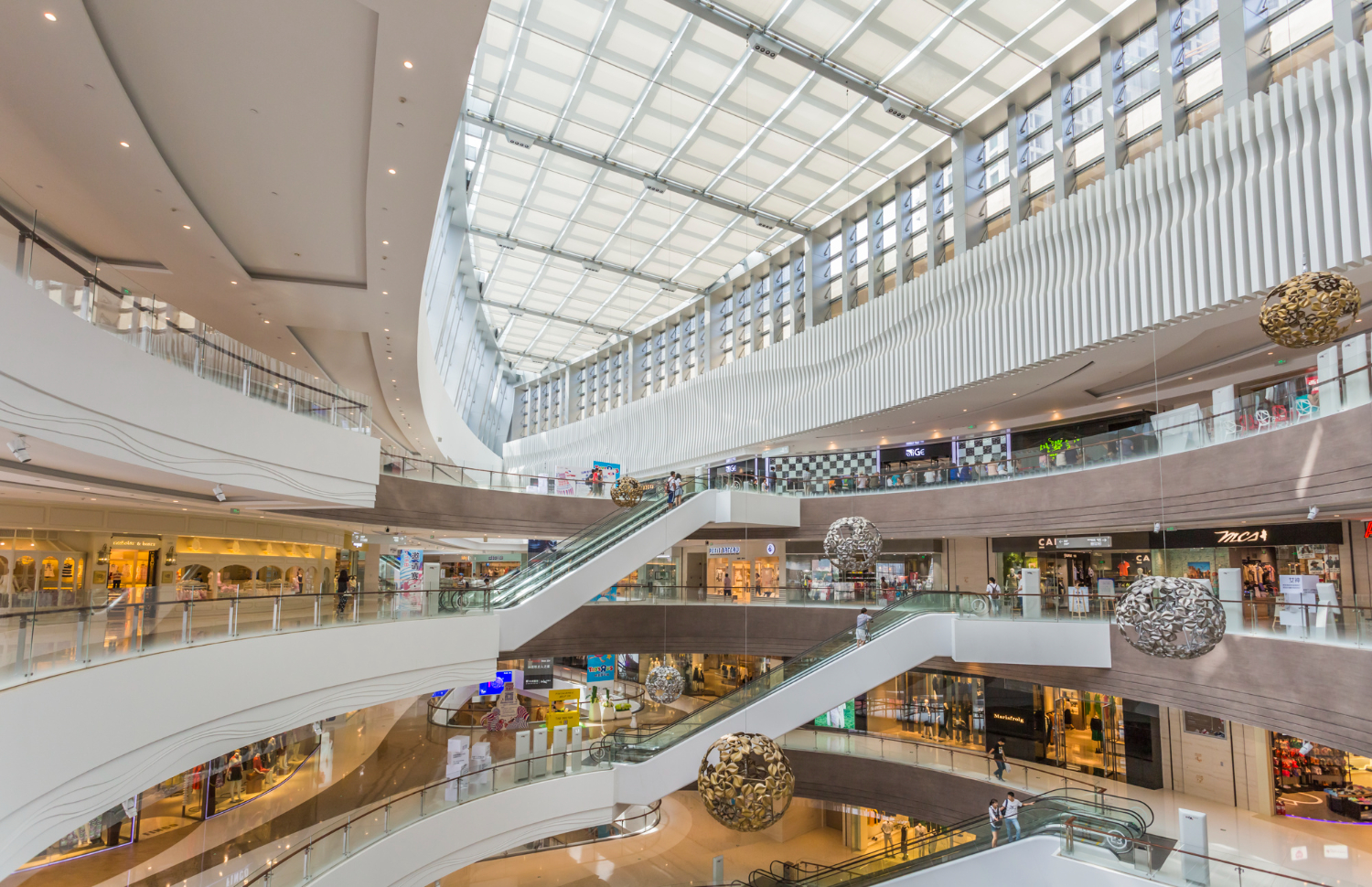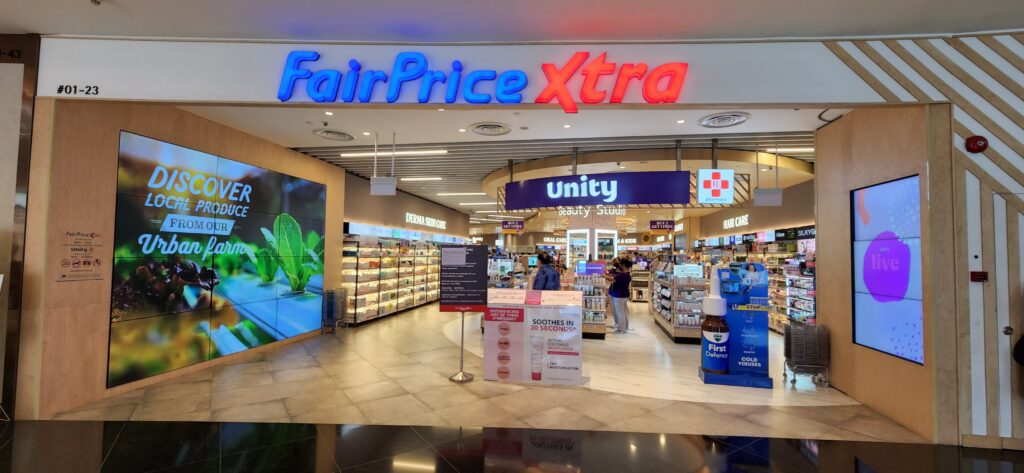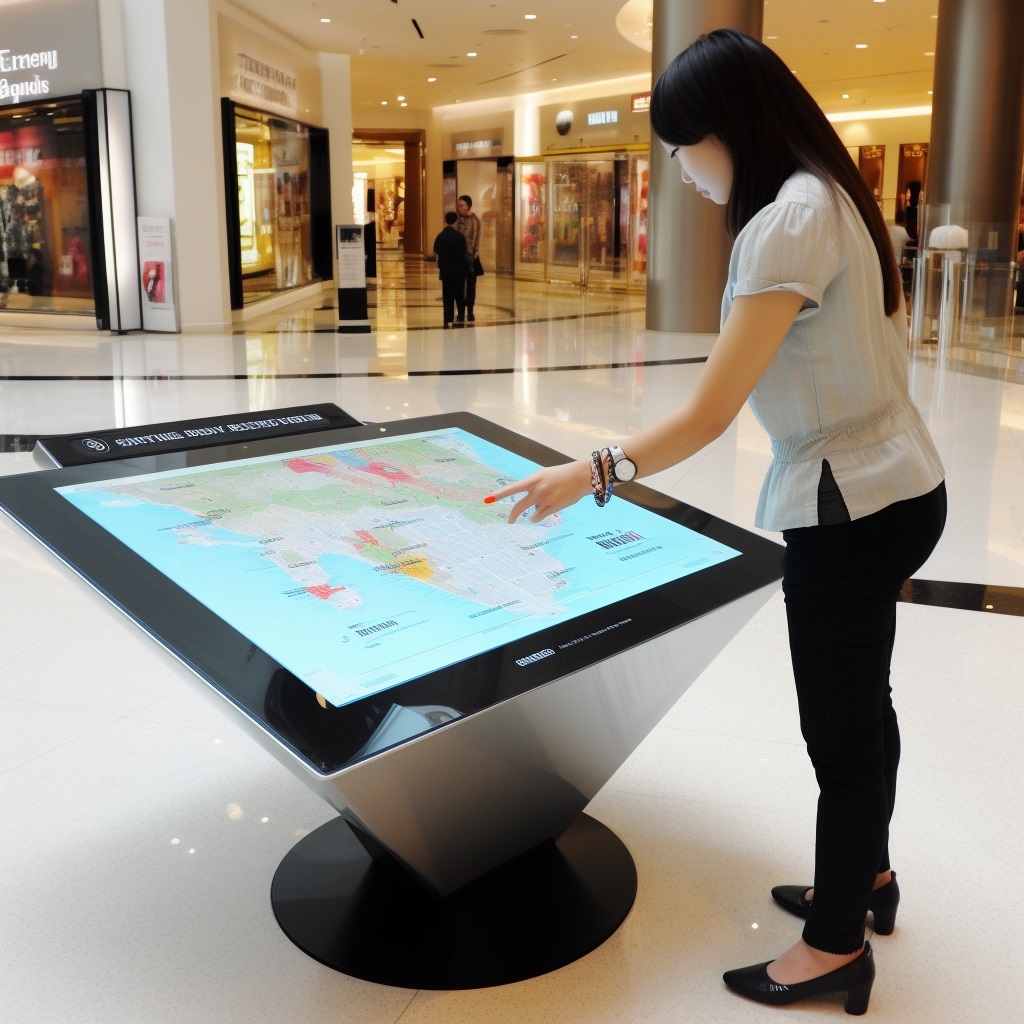
Ever dashed around a mall hunting for a restroom, or stared blankly at an airport concourse map while your gate number ticked closer to boarding? You’re not alone. Wayfinding frustration doesn’t just fray tempers—it dents revenue. Surveys show nearly half of customers will abandon a purchase when they can’t quickly locate what they need. In busy transport hubs, poor navigation translates into missed trains, clogged corridors, and a spike in staff assistance requests. Enter the wayfinding kiosk: an interactive, always-on guide that turns sprawling complexes into easy-to-navigate spaces.
Think of the kiosk as a digital concierge in a sturdy shell. A bright, commercial-grade touchscreen (usually 43–55 inches) sits atop an industrial PC, protected by tamper-resistant glass and cooled with smart ventilation. Add-ons—barcode scanners, NFC/RFID readers, speakers, printers—extend its abilities from simple maps to ticketing and promotions.
Beneath the glass lives a mapping engine that marries indoor GPS, layered floor plans, and real-time data feeds. Sophisticated algorithms calculate the shortest accessible route between any two points, even across multiple storeys or terminals, and can push directions straight to a visitor’s phone.

Shoppers want instant answers. With a few taps they can pinpoint that elusive boutique or the nearest charging station. Clear directions reduce decision fatigue, encouraging longer, happier visits and positive reviews.
Retailers thrive on footfall. By surfacing in-store promos and cross-selling suggestions en-route—“Fancy a latte? It’s on your way!”—kiosks subtly nudge impulse buys. One stadium saw average basket value jump 20 % after deploying ordering kiosks; malls can tap the same psychology, nudging browsers towards spenders.
Airports and metro interchanges juggle tidal passenger flows. Interactive directories disperse crowds by guiding travellers to quieter security lanes or less-busy exits, trimming peak-hour bottlenecks and shaving precious minutes off journey times.
Need larger text? A hearing-loop? Directions in Japanese? Accessible UX options—font scaling, high-contrast modes, text-to-speech—paired with multi-language libraries mean everyone, from wheelchair users to overseas tourists, can self-navigate with confidence.
Post-pandemic sensibilities have fuelled demand for gesture, voice, and mobile-controlled interactions. Analysts predict 35 % of new kiosks will ship with touch-free options by 2025. Touch remains reliable, but hybrid input keeps hygiene-conscious visitors happy.
Hook the kiosk into building management systems and you unlock live lift outages, car-park occupancy, even emergency egress routes that reroute on the fly during a fire alarm.
Users can scan a QR code to beam the route to their phones—no app install required. Perfect for tourists who’d rather keep moving than loiter at the screen.
Position kiosks at arrival points, decision nodes, and floor junctions—anywhere a visitor might pause and wonder “Which way now?” High-contrast totems, overhead signage, and floor decals help catch the eye.
Counter heights between 900 mm and 1200 mm suit both standing adults and wheelchair users; audio prompts aid the visually impaired. The goal: zero dead ends in the user journey.

Machine-learning engines analyse anonymised foot-traffic data to predict popular destinations and reorder on-screen buttons dynamically—much like your streaming service queues up shows you’re likely to binge next.
Why show a flat map when you can rotate a 3D model or overlay arrows on a live camera feed? Early pilots report higher engagement and faster wayfinding comprehension when AR cues are used.
A fully-featured unit averages SGD 8,000–12,000 installed, plus annual licensing. Factor in reduced staff inquiries, increased promotional revenue, and potential ad sales, and most venues recoup costs within 18–24 months.
Embedded sensors log every tap, dwell time, and most-searched store. Managers gain heat-maps that inform tenant mix, leasing rates, and campaign planning—an insight stream traditional static signage can’t match.
Orlando’s MCO deployed twenty 3D wayfinding kiosks in 2025, steering over 50 million passengers a year through four terminals. Flight search, SMS directions, and bilingual support reduced navigation-related queries and passenger stress. ViaDirect
Global statistics place wayfinding kiosks at 16 % of all interactive kiosk types, reflecting their growing role in retail environments. Market.us Scoop A 2024 Polish mall study found visitors reached destinations 30 % faster and interacted with 40 % more promotional content after kiosk rollout, translating into higher tenant sales.
Schedule firmware updates, clean screens daily, and monitor uptime remotely. A neglected kiosk quickly becomes an expensive digital paperweight.
Wayfinding kiosks have evolved from glorified directory boards into data-rich, AI-ready engagement hubs. In shopping malls they boost basket sizes; in transport hubs they shave minutes off journeys. Most importantly, they turn “Where am I?” into “Got it—let’s go!” For venue owners aiming to delight visitors while squeezing more value out of every square metre, the path forward is clear: put an interactive map at every major crossroads and let the kiosks guide the way.
We offer a versatile and customizable visual experience, empowering businesses to enhance their brand presence and captivate their audience.

